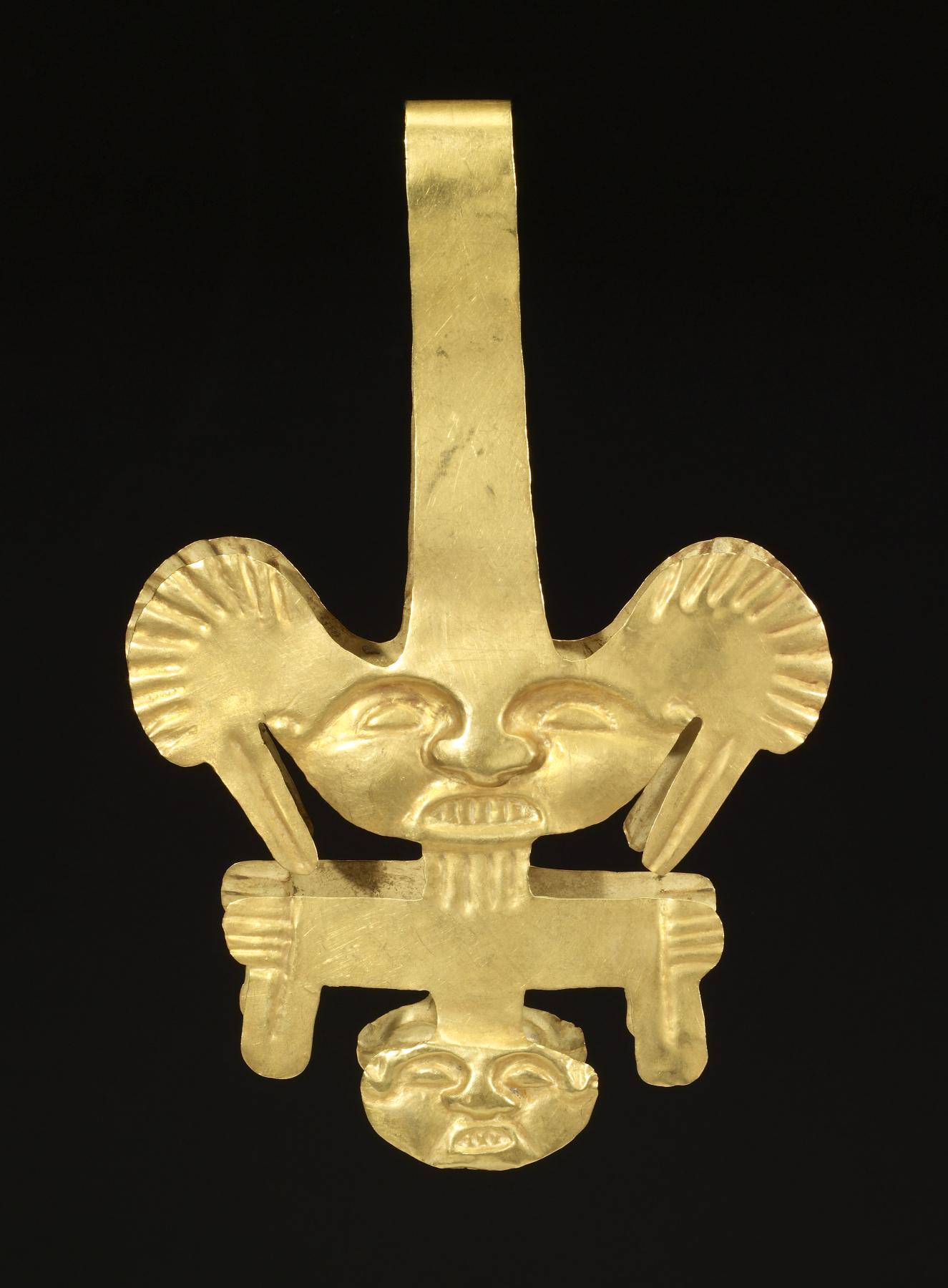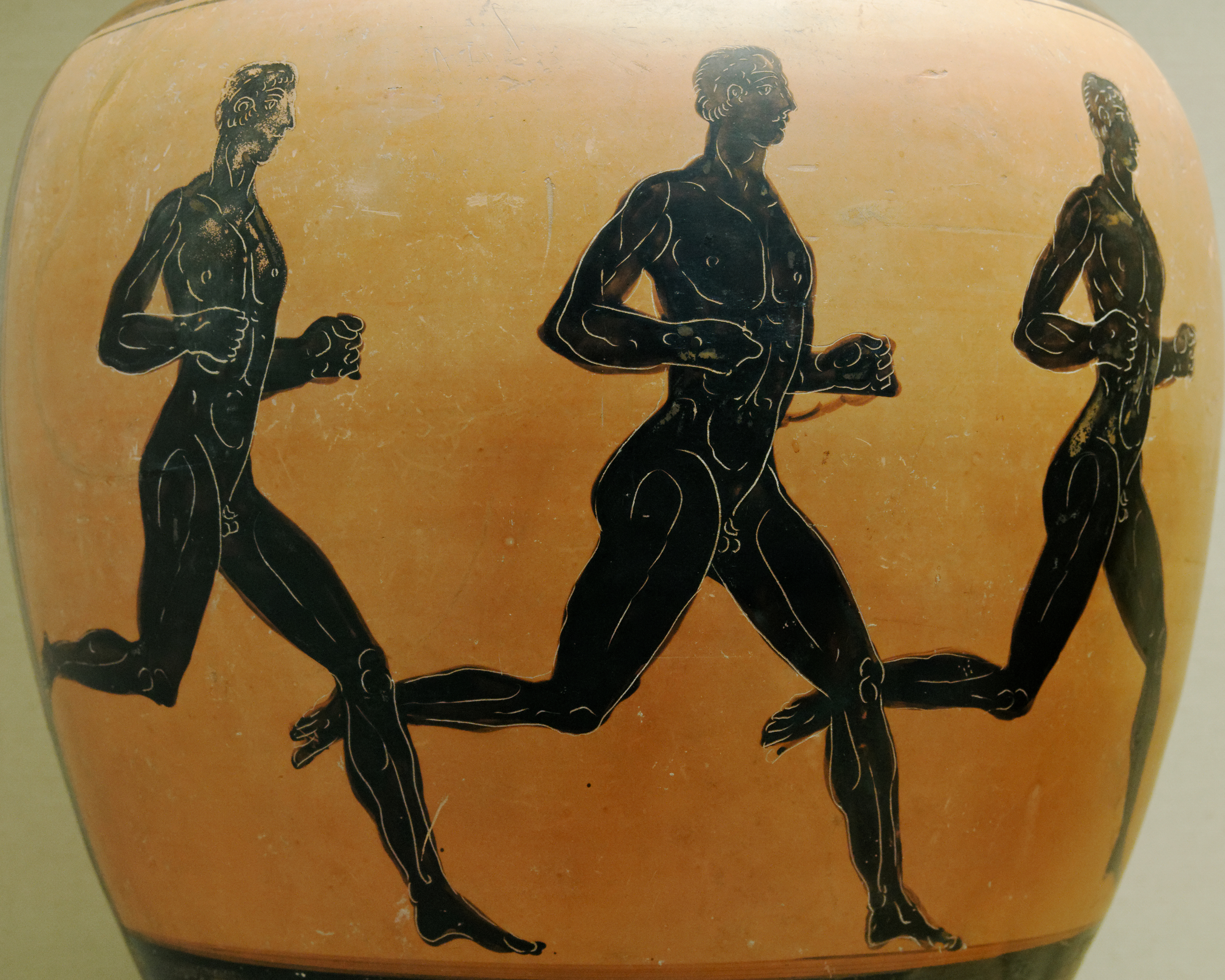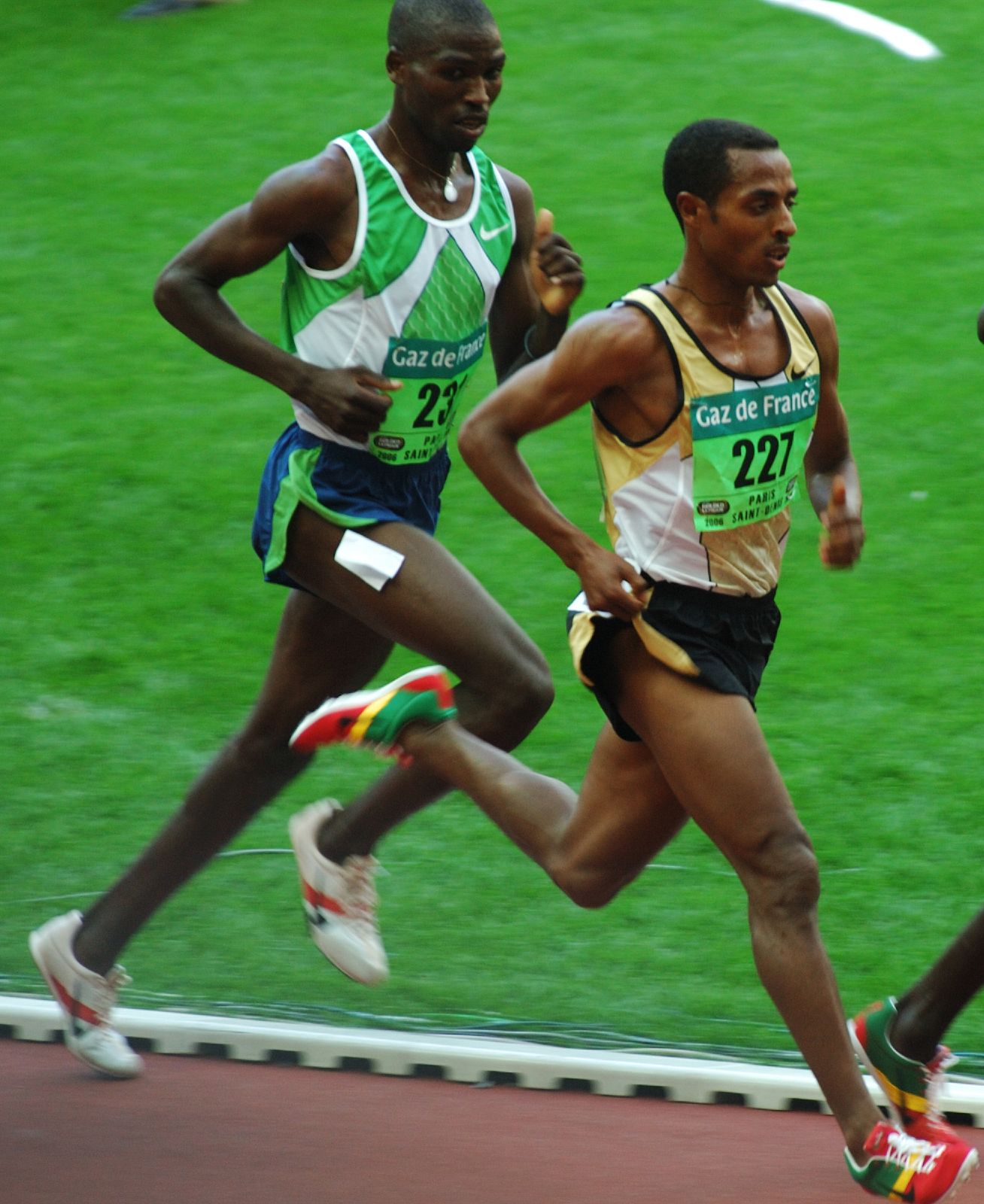|
Jorge Grosser
Jorge Grosser Castillo (born 8 July 1945) is a Chilean middle-distance runner. He competed in the men's 1500 metres at the 1968 Summer Olympics. International competitions 1Disqualified in the final 2Did not finish in the semifinals Personal bests *800 metres – 1:49.0 (Valparaíso 1969) * 1500 metres – 3:42.5 (Valparaíso 1971) *3000 metres – 8:10.3 (Valparaíso 1971) *5000 metres The 5000 metres or 5000-metre run is a common long-distance running event in track and field, approximately equivalent to or . It is one of the track events in the Olympic Games and the World Championships in Athletics, run over laps of a sta ... – 14:19.0 (Valparaíso 1970) * 10,000 metres – 29:46.3 (Valparaíso 1970) * 3000 metres steeplechase – 8:49.2 (Valparaíso 1973) References 1945 births Living people Athletes (track and field) at the 1967 Pan American Games Athletes (track and field) at the 1968 Summer Olympics Athletes (track and field) at the 1971 Pan Ameri ... [...More Info...] [...Related Items...] OR: [Wikipedia] [Google] [Baidu] |
Valparaíso
Valparaíso () is a major city, Communes of Chile, commune, Port, seaport, and naval base facility in the Valparaíso Region of Chile. Valparaíso was originally named after Valparaíso de Arriba, in Castilla–La Mancha, Castile-La Mancha, Spain. Greater Valparaíso is the second-most populous Metropolitan area, metro area in the country. Valparaiso is the second-largest city in the metro area (behind Viña del Mar). It is located about northwest of Santiago, by road, and is one of the Pacific Ocean's most important seaports. Valparaíso is the Capital city, capital of Chile's second most-populated administrative region and has been the Chilean Navy headquarters since 1817, as well as being the seat of the National Congress of Chile since 1990. Valparaíso played an important geopolitical role in the second half of the 19th century when it served as a major stopover for ships traveling between the Atlantic and Pacific oceans via the Straits of Magellan. The area experienced r ... [...More Info...] [...Related Items...] OR: [Wikipedia] [Google] [Baidu] |
Cali, Colombia
Santiago de Cali (), or Cali, is the capital of the Valle del Cauca department, and the most populous city in southwest Colombia, with 2,280,522 residents estimate by National Administrative Department of Statistics, DANE in 2023. The city spans with of urban area, making Cali the second-largest city in the country by area and the List of cities and towns in Colombia, third most populous. As the only major Colombian city with access to the Pacific Coast, Cali is the main urban and economic center in the south of the country, and has one of Colombia's fastest-growing economies. The city was founded on 25 July 1536 by the Spanish explorer Sebastián de Belalcázar. As a sporting center for Colombia, it was the host city for the 1971 Pan American Games. Cali also hosted the 1992 World Wrestling Championships, the World Games 2013, 2013 edition of the World Games, the UCI Track Cycling World Championships in 2014, the IAAF World Youth Championships in Athletics, World Youth Champi ... [...More Info...] [...Related Items...] OR: [Wikipedia] [Google] [Baidu] |
Chilean Male Middle-distance Runners
Chilean may refer to: * Something of, from, or related to Chile, a country in South America * Chilean people * Chilean Spanish * Chilean culture * Chilean cuisine * Chilean Americans See also *List of Chileans This is a list of Chileans who are famous or notable. Economists * Ricardo J. Caballero – MIT professor, Department of Economics * Sebastian Edwards, Sebastián Edwards – UCLA professor, former World Bank officer (1993–1996), prolific aut ... * {{disambig Language and nationality disambiguation pages ... [...More Info...] [...Related Items...] OR: [Wikipedia] [Google] [Baidu] |
Athletes (track And Field) At The 1971 Pan American Games
An athlete is most commonly a person who competes in one or more sports involving physical strength, speed, power, or endurance. Sometimes, the word "athlete" is used to refer specifically to sport of athletics competitors, i.e. including track and field and marathon runners but excluding e.g. swimmers, footballers or basketball players. However, in other contexts (mainly in the United States) it is used to refer to all athletics (physical culture) participants of any sport. For the latter definition, the word sportsperson or the gendered sportsman or sportswoman are also used. A third definition is also sometimes used, meaning anyone who is physically fit regardless of whether they compete in a sport. Athletes may be professionals or amateurs. Most professional athletes have particularly well-developed physiques obtained by extensive physical training and strict exercise, accompanied by a strict dietary regimen. Definitions The word "athlete" is a romanization of the , ''at ... [...More Info...] [...Related Items...] OR: [Wikipedia] [Google] [Baidu] |
Living People
Purpose: Because living persons may suffer personal harm from inappropriate information, we should watch their articles carefully. By adding an article to this category, it marks them with a notice about sources whenever someone tries to edit them, to remind them of WP:BLP (biographies of living persons) policy that these articles must maintain a neutral point of view, maintain factual accuracy, and be properly sourced. Recent changes to these articles are listed on Special:RecentChangesLinked/Living people. Organization: This category should not be sub-categorized. Entries are generally sorted by family name In many societies, a surname, family name, or last name is the mostly hereditary portion of one's personal name that indicates one's family. It is typically combined with a given name to form the full name of a person, although several give .... Maintenance: Individuals of advanced age (over 90), for whom there has been no new documentation in the last ten ... [...More Info...] [...Related Items...] OR: [Wikipedia] [Google] [Baidu] |
1945 Births
1945 marked the end of World War II, the fall of Nazi Germany, and the Empire of Japan. It is also the year concentration camps were liberated and the only year in which atomic weapons have been used in combat. Events World War II will be abbreviated as “WWII” January * January 1 – WWII: ** Germany begins Operation Bodenplatte, an attempt by the ''Luftwaffe'' to cripple Allied air forces in the Low Countries. ** Chenogne massacre: German prisoners are allegedly killed by American forces near the village of Chenogne, Belgium. * January 6 – WWII: A German offensive recaptures Esztergom, Hungary from the Soviets. * January 9 – WWII: American and Australian troops land at Lingayen Gulf on western coast of the largest Philippine island of Luzon, occupied by Japan since 1942. * January 12 – WWII: The Soviet Union begins the Vistula–Oder Offensive in Eastern Europe, against the German Army. * January 13 – WWII: The Soviet Union begins the East Prussia ... [...More Info...] [...Related Items...] OR: [Wikipedia] [Google] [Baidu] |
3000 Metres Steeplechase
The 3000 metres steeplechase or 3000-meter steeplechase (usually Abbreviation, abbreviated as ) is the most common distance for the steeplechase (athletics), steeplechase in track and field. It is an obstacle race over the distance of the 3000 metres, which derives its name from the horse racing steeplechase. Rules It is one of the track events in the Summer Olympics, Olympic Games and the World Athletics Championships, and it is also an event recognized by World Athletics. The obstacles for men are high, and for women, they are high. The water jump consists of a barrier followed by a pit of water with a landing area defined as follows: The pit is 3.66 m (12 feet) square. The pit's forward-direction measurement starts from the approach edge of the barrier and ends at the point where the water jump slope reaches the flat surface of the steeple pathway. The rulebook simply but clearly states, "The water jump, including the hurdle, shall be 3.66 m in length." Pits ... [...More Info...] [...Related Items...] OR: [Wikipedia] [Google] [Baidu] |
10,000 Metres
The 10,000 metres or the 10,000-metre run is a common long-distance track running event. The event is part of the athletics programme at the Olympic Games and the World Athletics Championships, and is common at championship-level events. The race consists of 25 laps around an Olympic-sized 400 m track. It is less commonly held at track and field meetings due to its duration. The 10,000-metre track race is usually distinguished from its road running counterpart, the 10K run, by referring to the distance in metres rather than kilometres. The 10,000 metres is the longest standard track event, approximately equivalent to or . Added to the Olympic programme in 1912, athletes from Finland, nicknamed the " Flying Finns", dominated the event until the late 1940s. In the 1960s, African runners began to come to the fore. In 1988, the women's competition debuted in the Olympic Games. Official records are kept for outdoor 10,000-metre track events. The world record for men is held b ... [...More Info...] [...Related Items...] OR: [Wikipedia] [Google] [Baidu] |
5000 Metres
The 5000 metres or 5000-metre run is a common long-distance running event in track and field, approximately equivalent to or . It is one of the track events in the Olympic Games and the World Championships in Athletics, run over laps of a standard 400 m track, or 25 laps on an indoor 200 m track. The same distance in road running is called a 5K run; referring to the distance in metres rather than kilometres serves to disambiguate the two events. The 5000 m has been present on the Olympic programme since 1912 for men and since 1996 for women. Prior to 1996, women had competed in an Olympic 3000 metres race since 1984. The 5000 m has been held at each of the World Championships in Athletics in men's competition and since 1995 in women's. The event is almost the same length as the dolichos race held at the Ancient Olympic Games, introduced in 720 BCE. World Athletics keeps official records for both outdoor and indoor 5000-metre track events. 3 miles The 5000 m ... [...More Info...] [...Related Items...] OR: [Wikipedia] [Google] [Baidu] |
3000 Metres
The 3000 metres or 3000-metre run is a track running event, also commonly known as the "3K" or "3K run", where 7.5 laps are run around an outdoor 400 m track, or 15 laps around a 200 m indoor track. It is debated whether the 3000 m should be classified as a middle-distance or long-distance event. In elite-level competition, 3000 m pace is more comparable to the pace found in the longer 5000 metres event, rather than mile pace. The men's world record performance for 3000 m equates to a pace of 58.34 seconds per 400 m, which is closer to the 60.43 seconds for 5000 m than the 55.46 seconds for the mile. However, the 3000 m does require some anaerobic conditioning, and an elite athlete needs to develop a high tolerance to lactic acid, as does the mile runner. Thus, the 3000 m demands a balance of aerobic endurance needed for the 5000 m and lactic acid tolerance needed for the mile. In men's athletics, 3000 metres ha ... [...More Info...] [...Related Items...] OR: [Wikipedia] [Google] [Baidu] |




